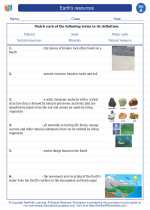Year
What is a Year?
A year is the time it takes for the Earth to complete one orbit around the Sun. This period is approximately 365.25 days long. The year is divided into 12 months and is an important unit of time in our calendar system.
Length of a Year
The actual length of a year is approximately 365.25 days, which is why we have a leap year every 4 years to account for the extra 0.25 day. This is why some years have 366 days instead of the usual 365.
Seasons
The Earth's orbit around the Sun causes the changing of seasons. The tilt of the Earth's axis relative to its orbit around the Sun is the primary reason for the seasons. As the Earth orbits the Sun, different parts of the planet receive varying amounts of sunlight, leading to the four seasons: spring, summer, autumn, and winter.
Activities
There are various activities associated with different times of the year. For example, winter is often associated with snow and cold weather, while summer is known for its warmth and outdoor activities.
Assessment Questions
.◂Science Worksheets and Study Guides First Grade. Earth's resources
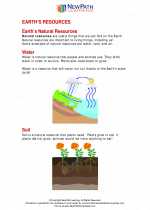
 Worksheet/Answer key
Worksheet/Answer key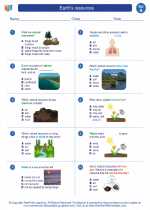
 Worksheet/Answer key
Worksheet/Answer key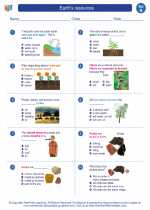
 Worksheet/Answer key
Worksheet/Answer key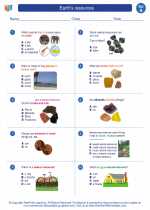
 Vocabulary/Answer key
Vocabulary/Answer key
 Vocabulary/Answer key
Vocabulary/Answer key